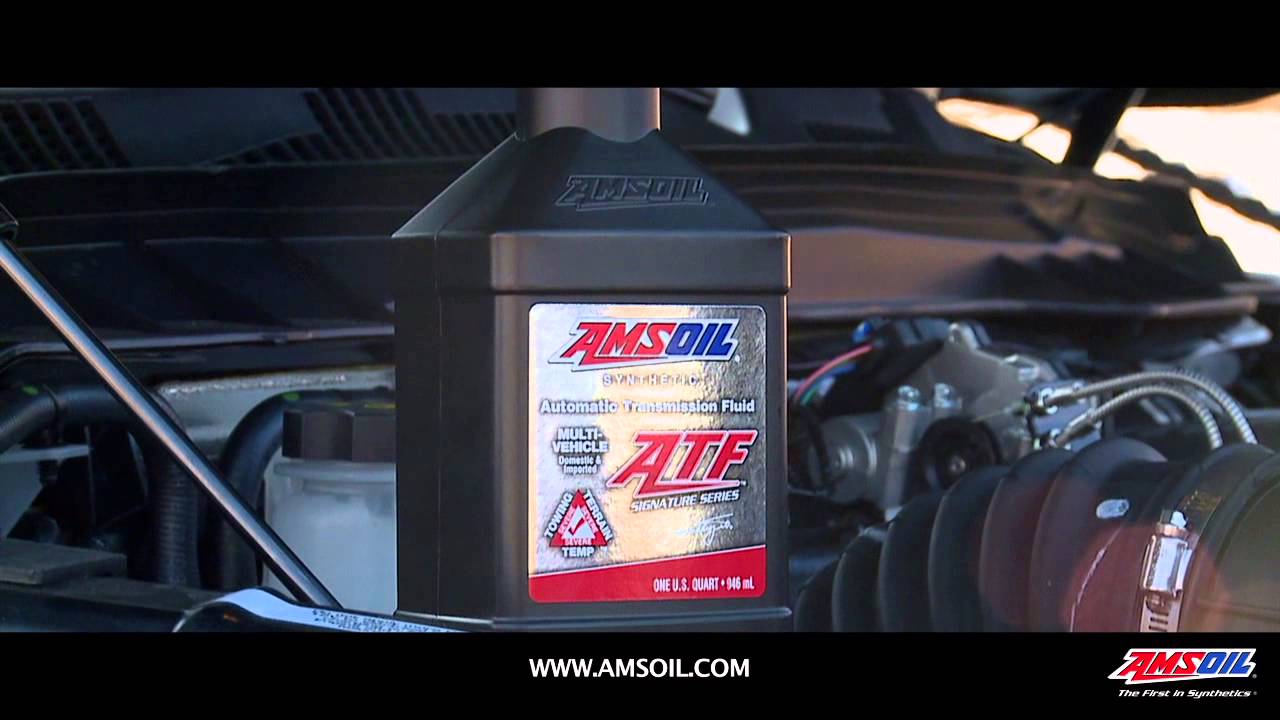The New EZ Pack is making waves! No more oil change Hassle

Sometimes an idea so great comes along it makes some wonder, “Why didn’t anyone think of this sooner?”
Case in point: AMSOIL easy-packs. Their innovative, flexible design has revolutionized the challenging task of changing fluids, reducing mess, waste and hassle.
Less Mess. Less Waste. Less Hassle.
After extensive research and testing to produce a concept worthy of the AMSOIL name, the AMSOIL SEVERE GEAR® Synthetic Gear Lube easy-pack launched in August 2018 to resounding success. It has earned rave reviews, a SEMA Global Media Award, a Flexible Packaging Achievement Award and the expectation that other companies will soon attempt to follow the AMSOIL lead once again.
Here’s what one customer says about the SEVERE GEAR easy-pack.
“175,000 trouble-free, heavy-haul miles. The new gear oil pouch makes it so easy to change diff fluid. Make the switch to AMSOIL today. Proven protection in the worst conditions.”
Nate the Hotshot
Laurel, Miss.
Since the launch of the AMSOIL SEVERE GEAR Synthetic Gear Lube easy pack, AMSOIL has expanded its easy pack offerings to include even more products. Check those out below and prepare for a new way of changing fluids with less stress and mess than what you’re used to enduring.
SEVERE GEAR Synthetic Gear Lube
Available in 75W-90, 80W-90, 75W-110 and 75W-140 viscosities, SEVERE GEAR is engineered for high-demand applications found in today’s autos/pick-up trucks, SUVs, heavy equipment and other hard-working vehicles. It delivers extreme-temperature performance no matter where the roads you travel happen to be.
Synthetic ATV/UTV Transmission and Differential Fluid
AMSOIL Synthetic ATV/UTV Transmission and Differential Fluid delivers severe-service protection against wear while riding aggressively or tackling tough terrain around your property. It protects heavily loaded, high-torque gears to promote long equipment life, even in extreme operating temperatures.

Bonus: AMSOIL synthetic lubricants are Warranty Secure, keeping your factory warranty intact. Click here to learn more about your freedom to choose the lubricants you think best – and to score your free AMSOIL Runs on Freedom decal.
Synthetic Marine Gear Lube
AMSOIL Synthetic Marine Gear Lube is an exclusive AMSOIL formulation of synthetic base oils and high-performance additives that address specific concerns of marine applications. It is fortified with extreme-pressure (EP) additives for superior protection of fast-accelerating, high-torque/horsepower engines. It delivers advanced outboard protection against power loss and gear wear, even with up to 15 percent water contamination.*
*Based upon AMSOIL testing of AMSOIL Synthetic Marine Gear Lube 75W-90 in ASTM 3233 and ASTM D892.

Signature Series Synthetic Automatic Transmission Fluid
Available in both Fuel-Efficient and Multi-Vehicle formulations, AMSOIL Signature Series ATF provides excellent wear protection and performance in today’s demanding transmission applications. Benefits include protection against thermal breakdown, cold-temperature fluidity, friction durability and maximum fuel economy.
Manual Transmission & Transaxle Gear Lube
AMSOIL Manual Transmission & Transaxle Gear Lube is formulated to meet the demands of towing, heavy hauling and performance driving typically found in manual transmissions. It delivers quick shifts and excellent wear protection in hot rods and muscle cars to promote smooth, fast engagement of synchronizers and gears. Its shear-stable formulation maintains viscosity and protects brass synchronizers while supporting equipment longevity.







